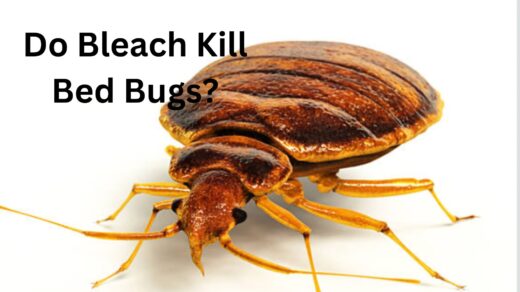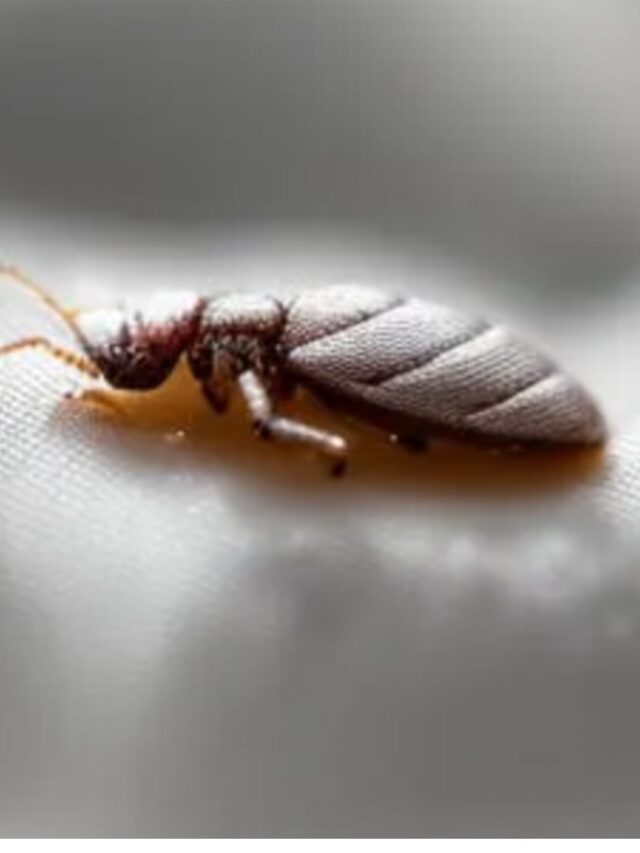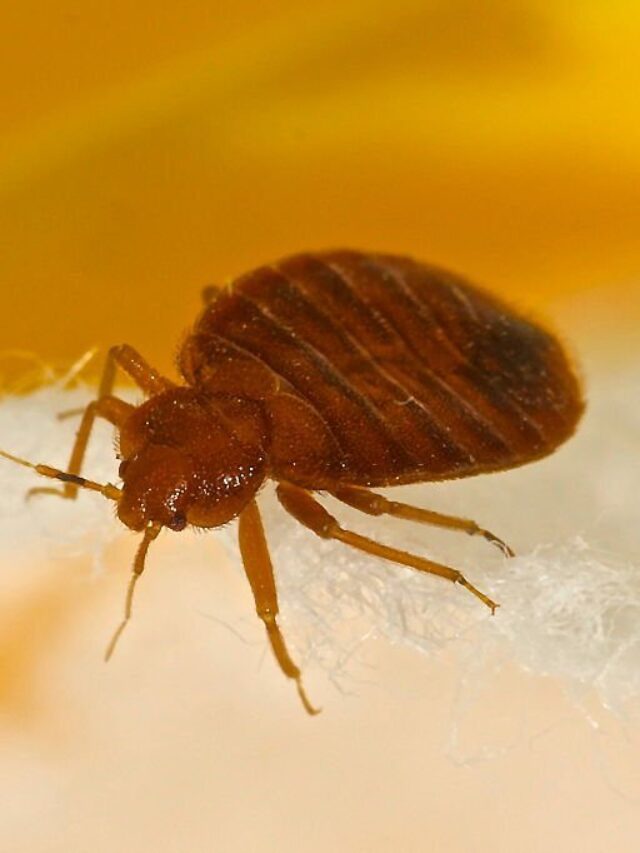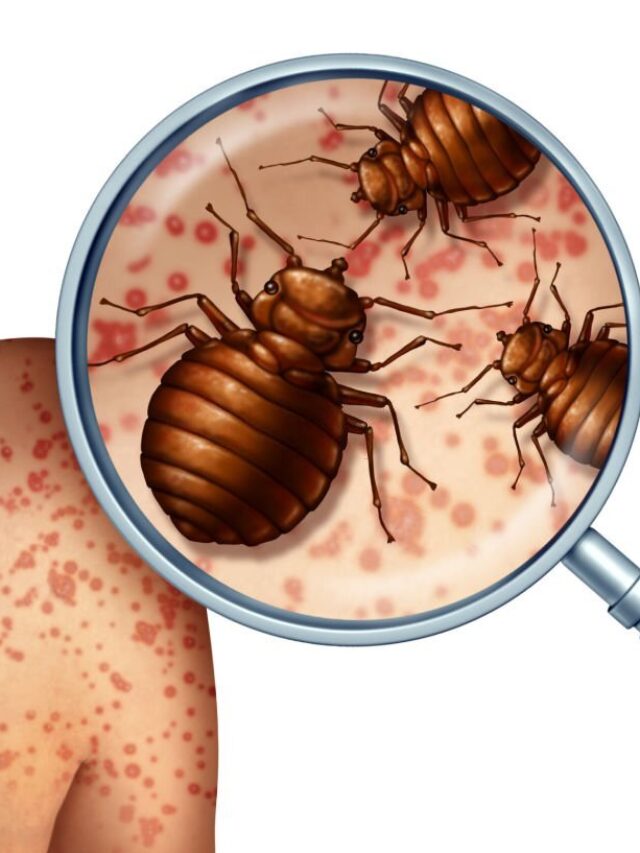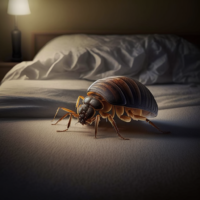Introduction:
Bed bugs are one of the most unpleasant pests to deal with. They are notoriously difficult to get rid of, and can cause a lot of stress and anxiety. One of the key things to know about bed bugs is where they live and hide. In this article, we’ll explore the common hiding spots for bed bugs, and give you tips on how to avoid them.
The Secret Hideouts: Where Do Bed Bugs Live?
Bed bugs are experts at hiding, and can squeeze into the tiniest cracks and crevices. Their preferred hiding spots are in and around beds, where they have easy access to their food source (that’s you!). They are most commonly found in mattresses and box springs, but can also hide in bed frames, headboards, and footboards. In addition to beds, they can also be found in furniture, particularly upholstered items, as well as in cracks and crevices in walls and floors.
Can You Find Bed Bugs in Your Bed?
Yes, bed bugs can be found in your bed, but that’s not the only place they can be hiding. If you suspect that you have a bed bug infestation, it’s important to thoroughly inspect your bed, including the mattress, box spring, and bedding. Look for signs of bed bugs, such as small brown or black spots on the mattress or sheets, which are the bugs’ fecal matter. You may also notice a sweet, musty odor.
Beyond the Mattress: Other Common Bed Bug Hiding Spots
Bed bugs can also be found in other areas of your home, such as furniture and walls. They are particularly fond of upholstered furniture, such as couches and chairs, and can hide in the seams and folds. They can also hide in electrical outlets, baseboards, and other cracks and crevices in walls and floors. It’s important to be vigilant and inspect all areas of your home if you suspect a bed bug infestation.
How to Avoid Bed Bugs While Traveling ?(Click here for more info..)
One of the most common ways that bed bugs are introduced into homes is through travel. Bed bugs can hitchhike on luggage and clothing, and can easily infest hotel rooms and other accommodations. To avoid bringing bed bugs home with you, it’s important to inspect your hotel room thoroughly before settling in. Check the mattress and bedding for signs of bed bugs, and inspect any upholstered furniture. Keep your luggage off the floor and away from the bed, and consider using bed bug-proof luggage encasements.
The Importance of Professional Bed Bug Treatment
If you do find that you have a bed bug infestation, it’s important to take action right away. Bed bugs reproduce quickly, so the longer you wait, the harder it will be to get rid of them. While there are DIY methods for bed bug treatment, professional treatment is often the most effective. A pest control professional can identify the extent of the infestation and use specialized treatments to eliminate the bed bugs.
Conclusion: Knowing where bed bugs live and hide is the first step in preventing an infestation. By being vigilant and taking steps to avoid bed bugs, such as inspecting hotel rooms while traveling, you can help protect your home from these pesky pests. If you do suspect an infestation, don’t hesitate to seek professional help. With the right treatment, you can get rid of bed bugs and reclaim your home.
